Microplastics, or tiny plastic fragments, were first discovered in the oceans in 2004, but they've since spread far beyond the seas. These microscopic particles now infiltrate our daily lives, often making their way into our bodies unnoticed. While health experts have long been concerned about the dangers of microplastics, a new study has taken those concerns to a new level. Published in Proceedings of the National Academy of Sciences in January 2024, the study revealed that bottled water contains not only microplastics but also thousands of even smaller plastic fragments known as nanoplastics.
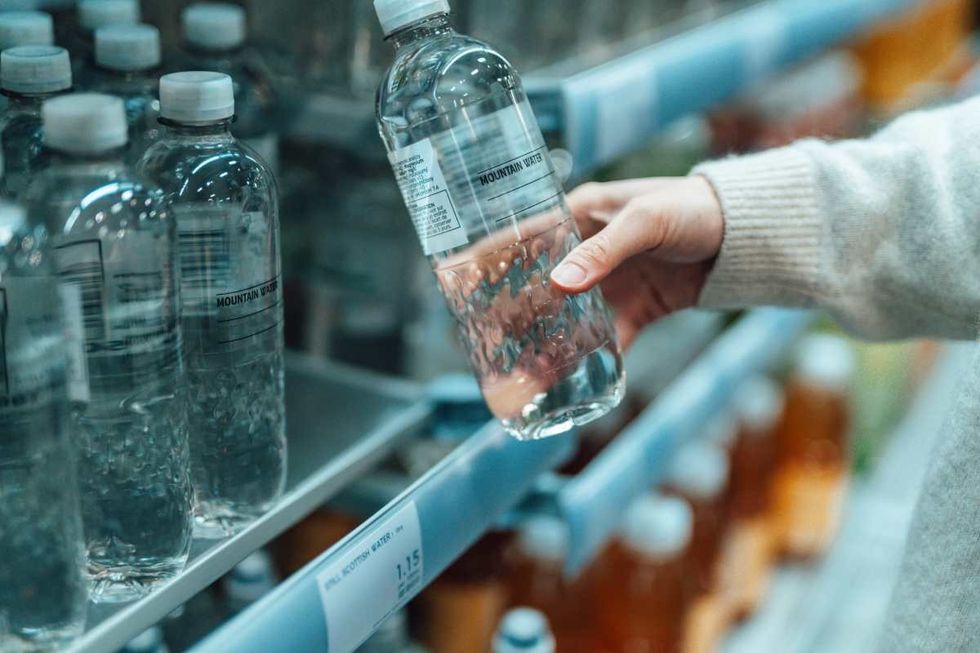
Nanoplastic particles are smaller than 1 micrometer—tiny enough to be dwarfed by the width of a human hair, which is about 70 micrometers, according to a university press release. The study was led by researchers from Columbia University's Lamont-Doherty Earth Observatory and the Mailman School of Public Health.
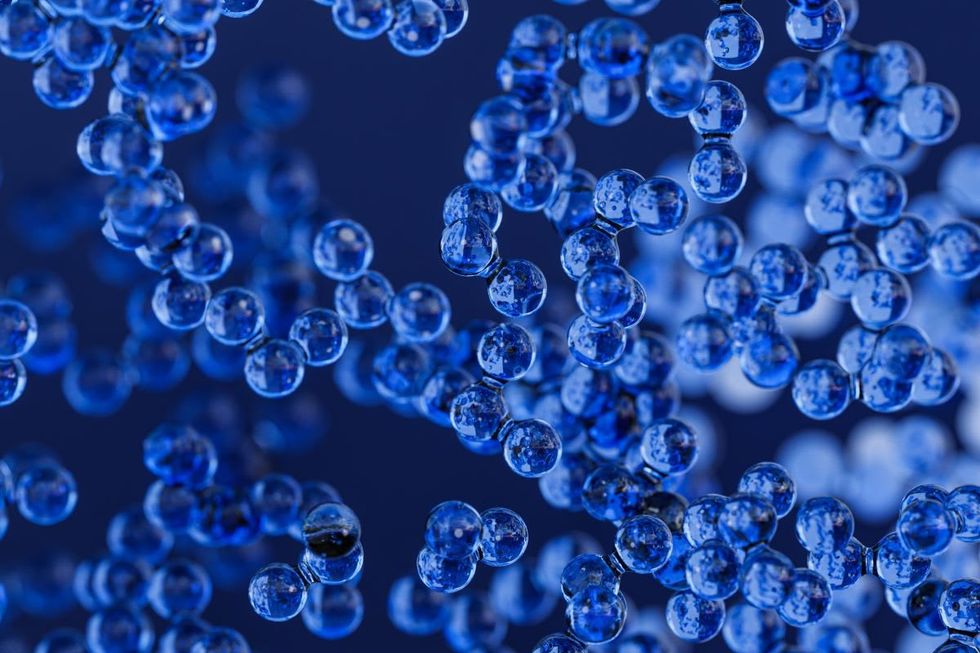
Using a refined new technology called stimulated Raman scattering microscopy, the researchers tested three popular American brands of water, whose names they didn’t reveal. They tested the water for plastic particles down to just 100 nanometers in size. They found that on average, a liter contained around 240,000 detectable plastic fragments, 10 to 100 times greater than initially believed. These particles are so tiny that, unlike microplastics, they can get inside the human body, making their way into the intestines, lungs, bloodstream, and organs including the heart and brain.
“Previously this was just a dark area, uncharted. Toxicity studies were just guessing what’s in there,” said study coauthor Beizhan Yan, per the university press release. “This opens a window where we can look into a world that was not exposed to us before.” Beizhan described that one of the plastics found in large quantities in the bottles was polyamide, a type of nylon. This, he said, comes from plastic filters used to supposedly purify the water before it is bottled.
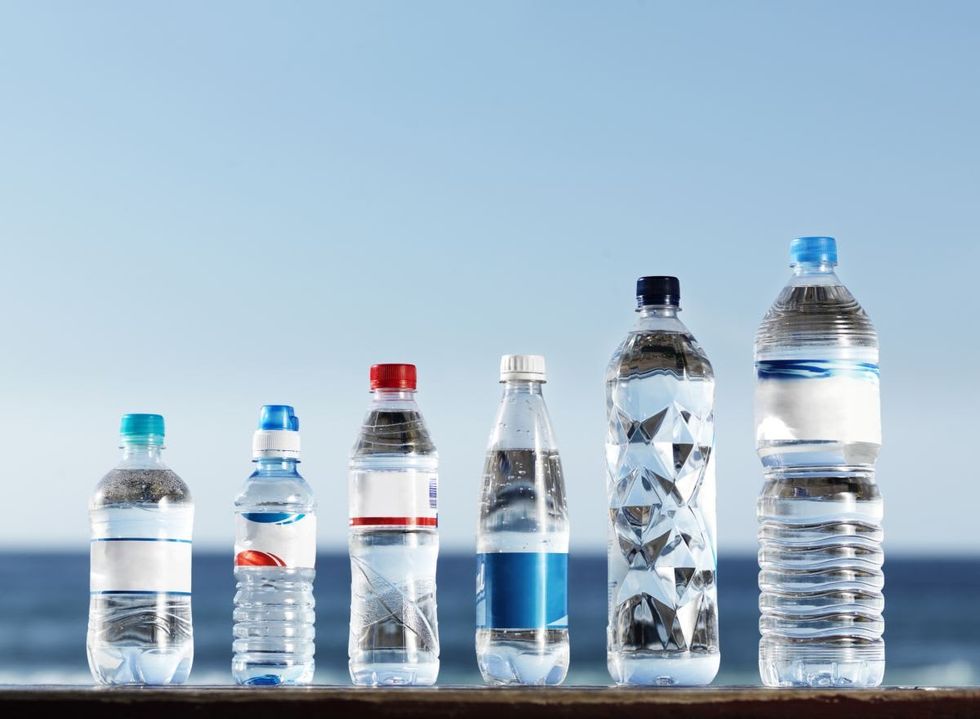
Another common type of plastic they found in these packaged bottles of water was polyethylene terephthalate (PET), which was not surprising because this is the same material that is used for making most water bottles, bottled sodas, sports drinks, and condiments such as ketchup and mayonnaise. Other common plastics the researchers found included polystyrene, polyvinyl chloride, and polymethyl methacrylate, which are all used in various industrial processes. However, these seven types of plastics accounted for only about 10% of all the nanoparticles they found in samples. If the rest of the particles also turn out to be nanoplastics, then it means the water contains tens of millions of these nanoparticles.
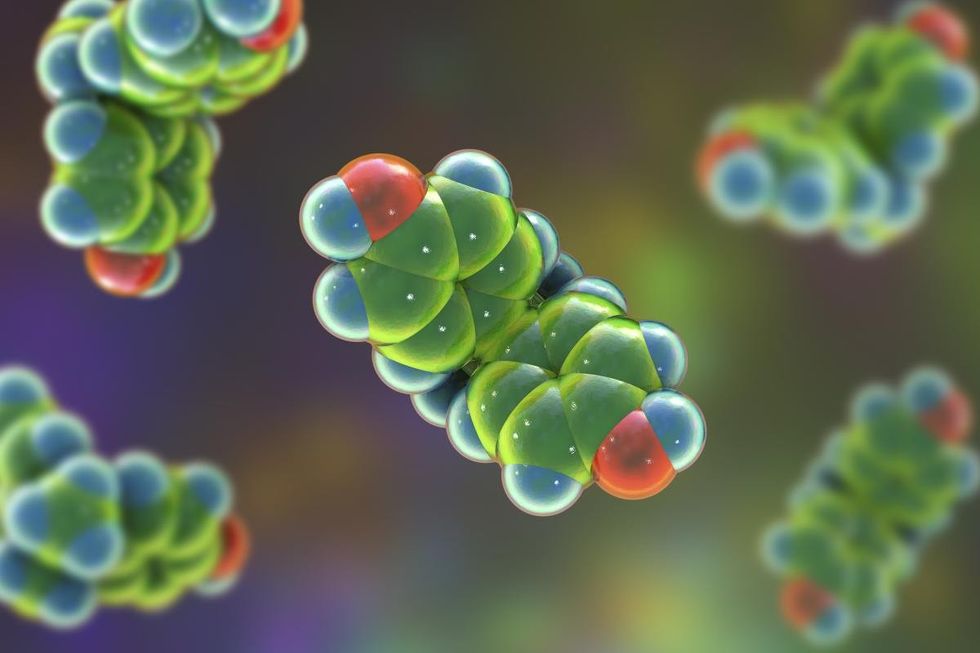
Explaining the extent to which these nanoplastics are dangerous for humans, Sherri Mason, the director of sustainability at Penn State Behrend in Erie, told CNN, “If a plastic makes its way into us, it’s carrying those chemicals with it. And because the temperature of the body is higher than the outside, those chemicals are going to migrate out of that plastic and end up in our body,” and added, “The chemicals can be carried to your liver and your kidney and your brain and even make their way across the placental boundary and end up in an unborn child.”
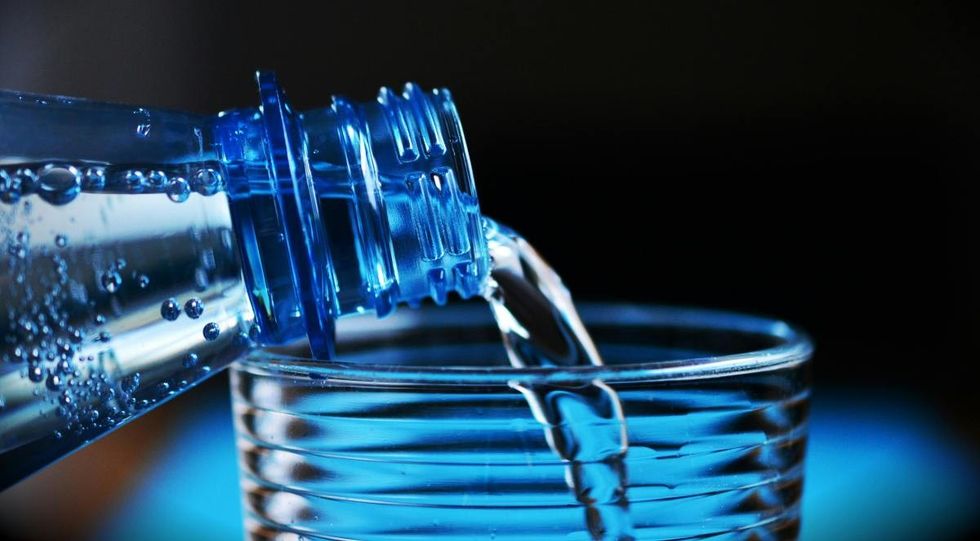
The greatest risk that these plastics pose is for infants and young children. “Infants and young children may face the greatest risks, as their developing brains and bodies are often more vulnerable to impacts from toxic exposures,” Jane Houlihan, research director for Healthy Babies, Bright Futures, told CNN. To neutralize the risk, Houlihan suggested, “We can avoid consuming foods and beverages in plastic containers. We can wear clothing made from natural fabrics and buy consumer products made from natural materials. We can simply take stock of the plastic in our daily lives and find alternatives whenever feasible.”





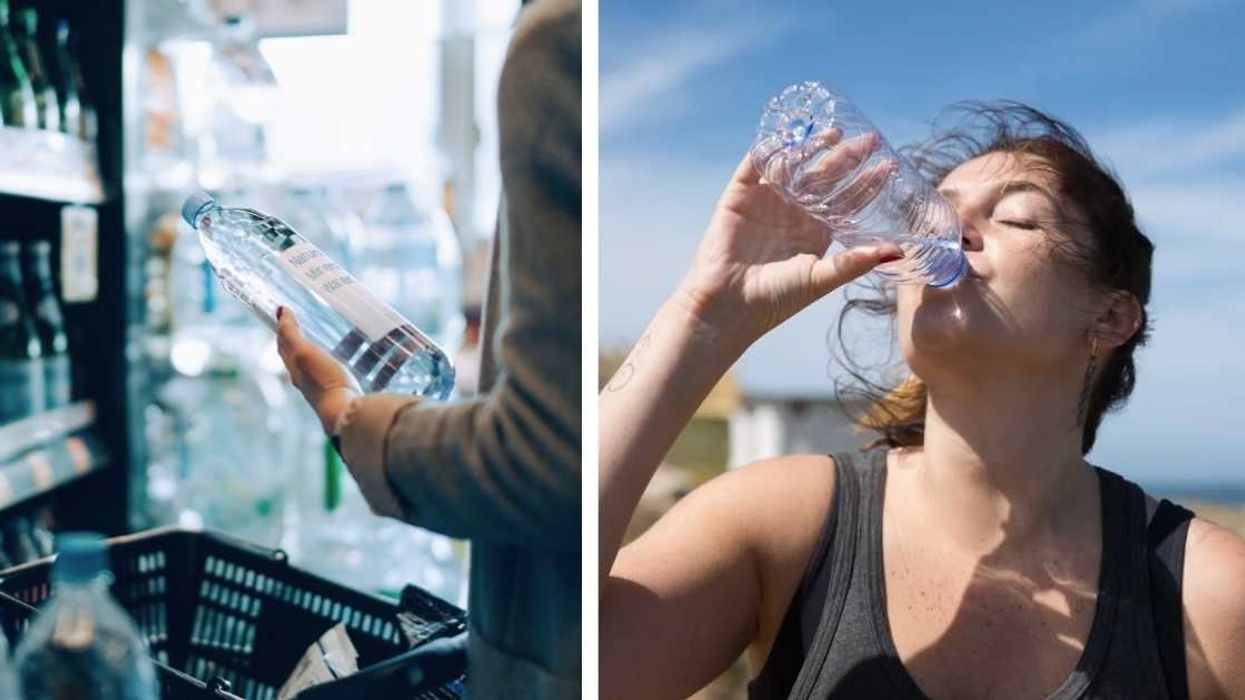












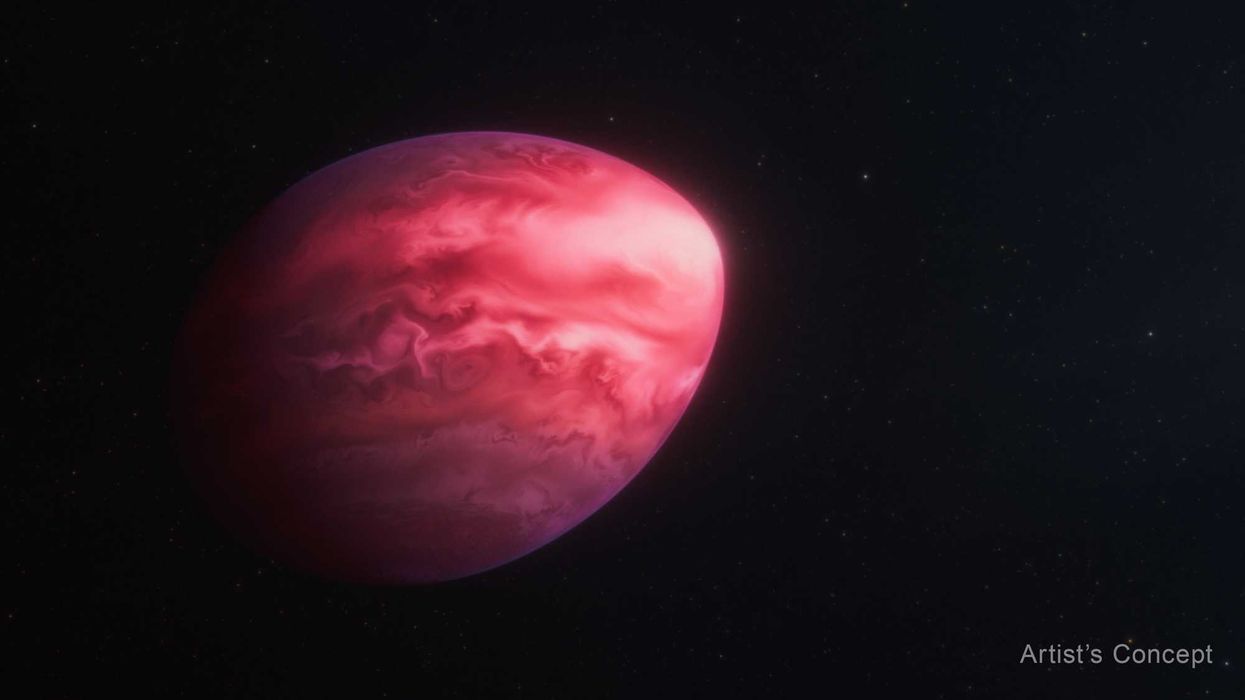 A lemon shaped planet the size of Jupiter.Credit:
A lemon shaped planet the size of Jupiter.Credit:  Image from a Pulsar star releasing gamma rays.NASA/CXC/SAO/
Image from a Pulsar star releasing gamma rays.NASA/CXC/SAO/ 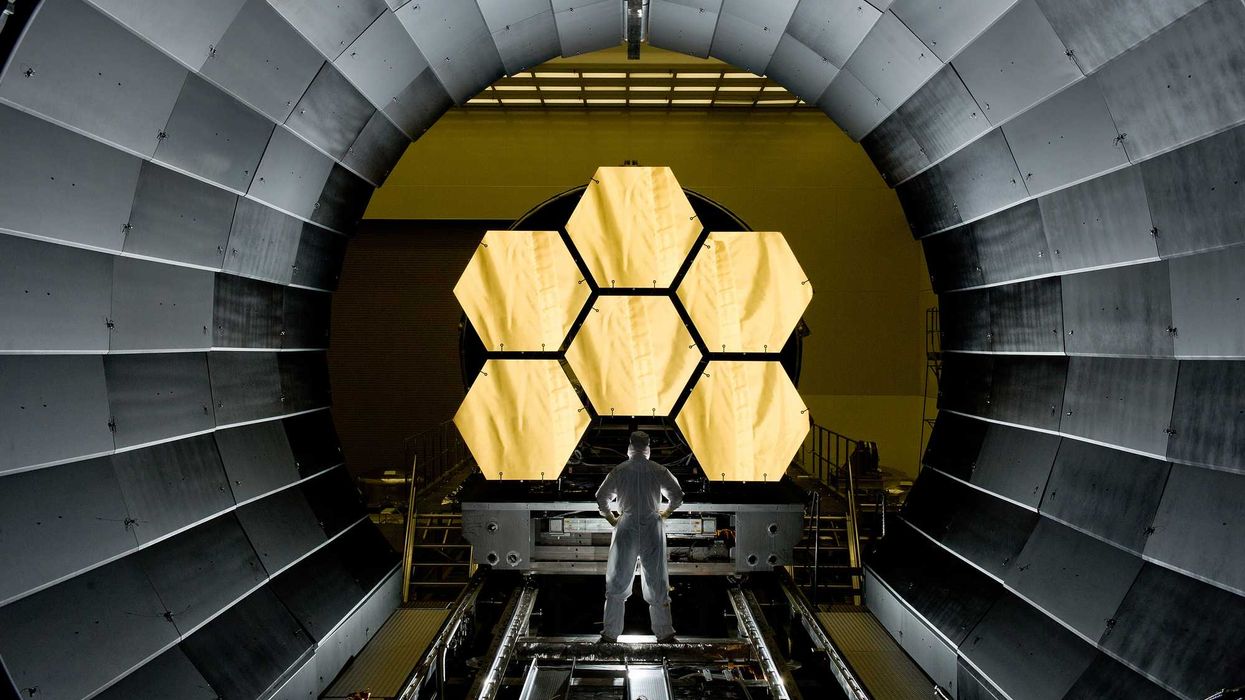 James Webb Space Telescope primary mirror.NASA/MSFC/David Higginbotham/
James Webb Space Telescope primary mirror.NASA/MSFC/David Higginbotham/ 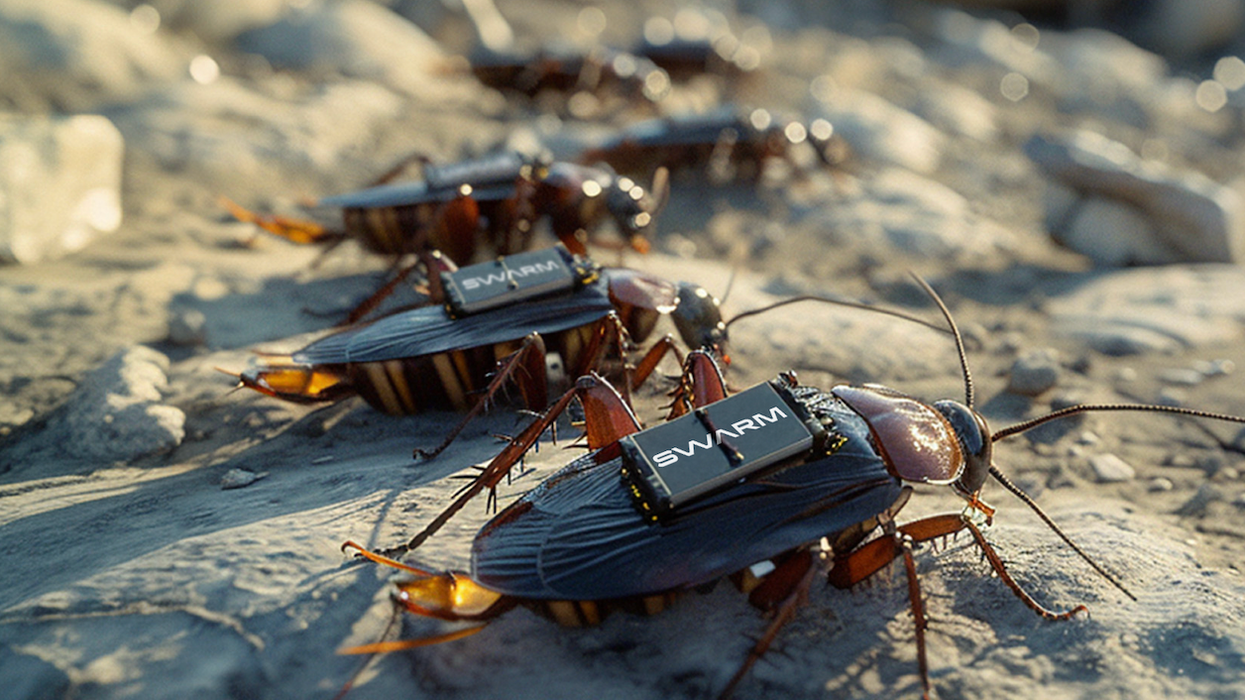

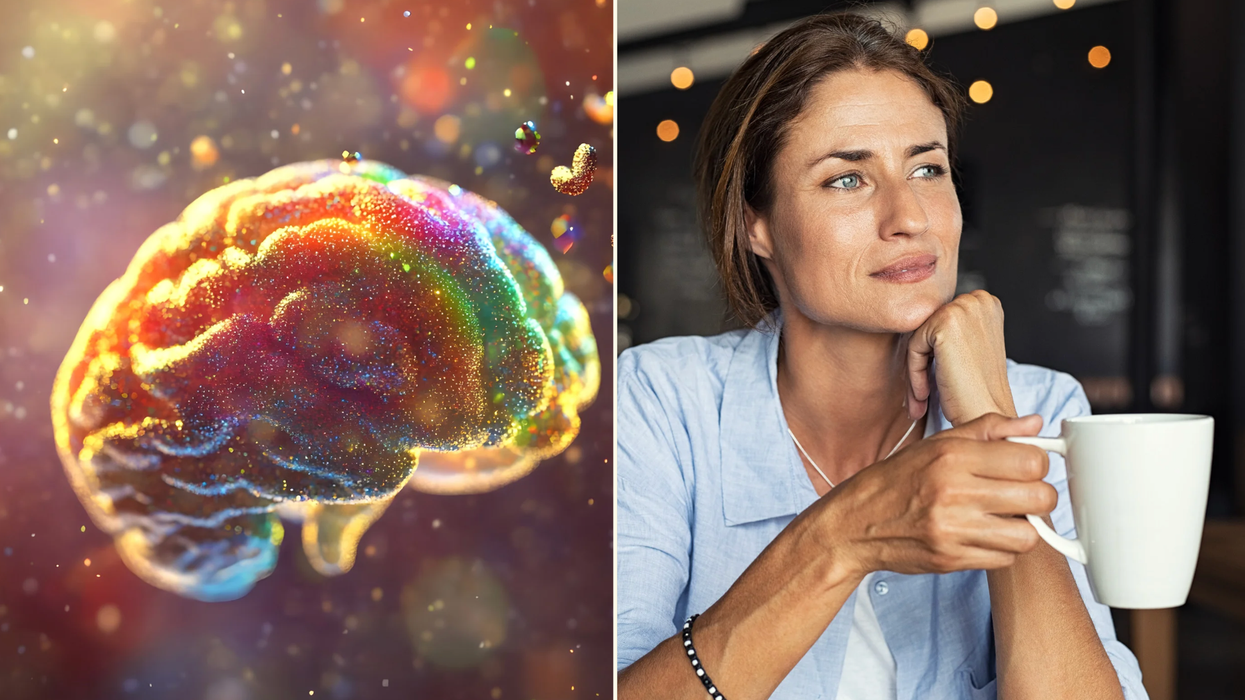
 A woman looks at post-it notes while thinking Canva
A woman looks at post-it notes while thinking Canva Two women on a couch are having a conversationCanva
Two women on a couch are having a conversationCanva A father and son sit on a porch talking Canva
A father and son sit on a porch talking Canva A woman paints on a canvasCanva
A woman paints on a canvasCanva A student high-fives with his teacherCanva
A student high-fives with his teacherCanva
 Cute dog looks off camera at someoneCanva
Cute dog looks off camera at someoneCanva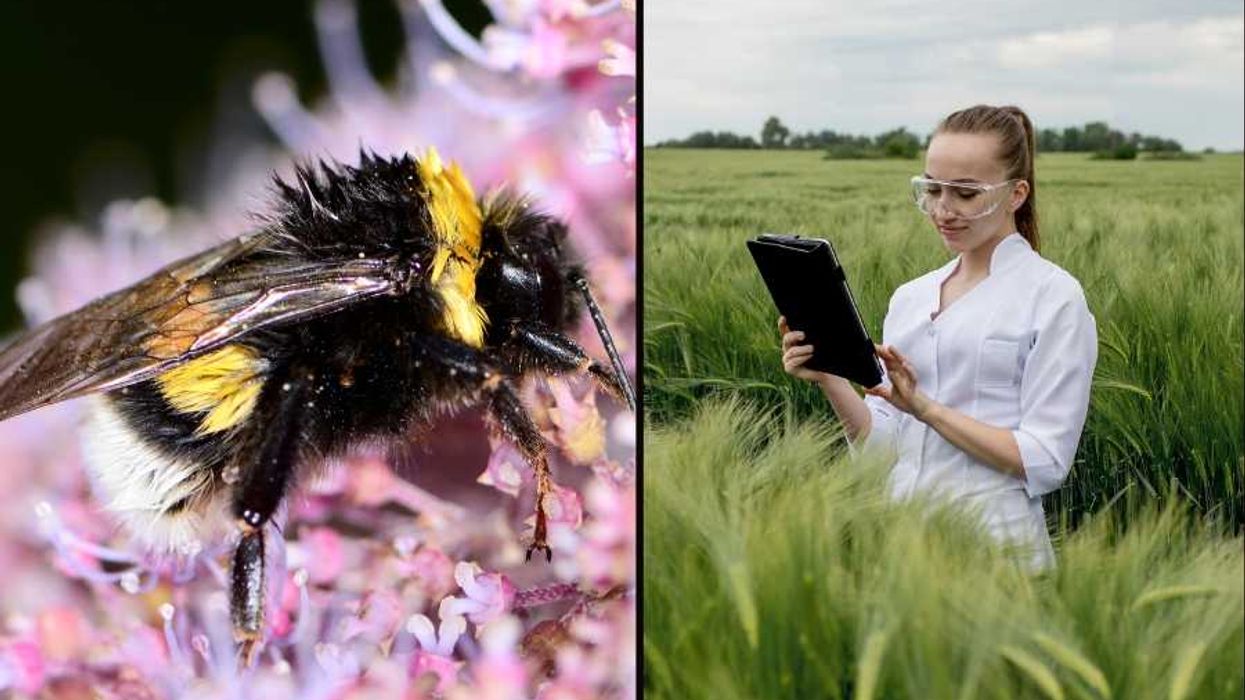

 A road near equatorial Atlantic OceanCanva
A road near equatorial Atlantic OceanCanva Waves crash against rocksCanva
Waves crash against rocksCanva
 Older woman drinking coffee and looking out the window.Photo credit:
Older woman drinking coffee and looking out the window.Photo credit:  An older woman meditates in a park.Photo credit:
An older woman meditates in a park.Photo credit:  Father and Daughter pose for a family picture.Photo credit:
Father and Daughter pose for a family picture.Photo credit: 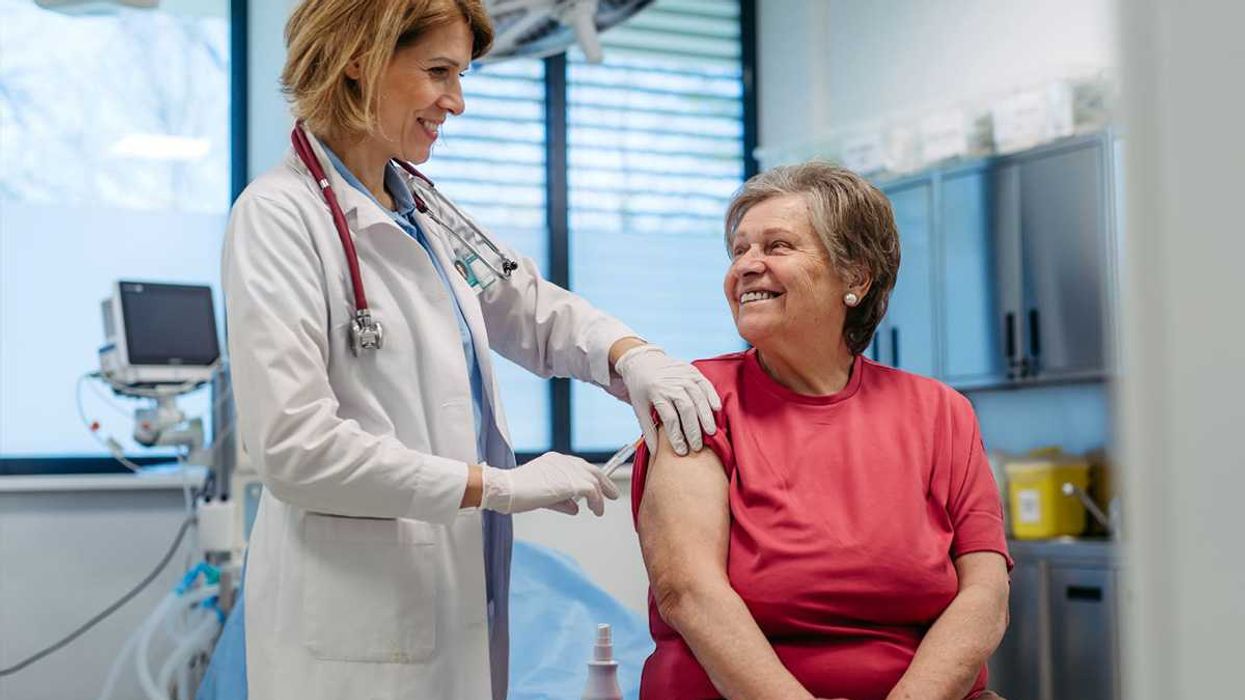 Woman receives a vaccine shot.Photo credit:
Woman receives a vaccine shot.Photo credit: